Classic Gear: Korg M1 – The final nail in the analogue coffin?
Digital sample-based synthesis...
Korg’s sample-based workstation the M1 is one of the best-selling synthesizers of all time. Along with Roland’s D-50, it finally put analogue synthesis to bed and heralded in a new age of shiny digital music. But is it still relevant in the 21st century?
Korg M1
Cast your eyes (and ears) back to the late 1980s. The race to develop a new kind of digital synthesis had been on since 1983 when Yamaha unleashed the DX7 on the world. FM was out though since Yamaha had exclusive rights over the patent. Sample synthesis would end up being the big thing, with Roland finally dropping the popular D-50 in 1987. However, Korg would significantly up the ante the following year with one of the most popular synthesizers of all time: the M1 Music Workstation.
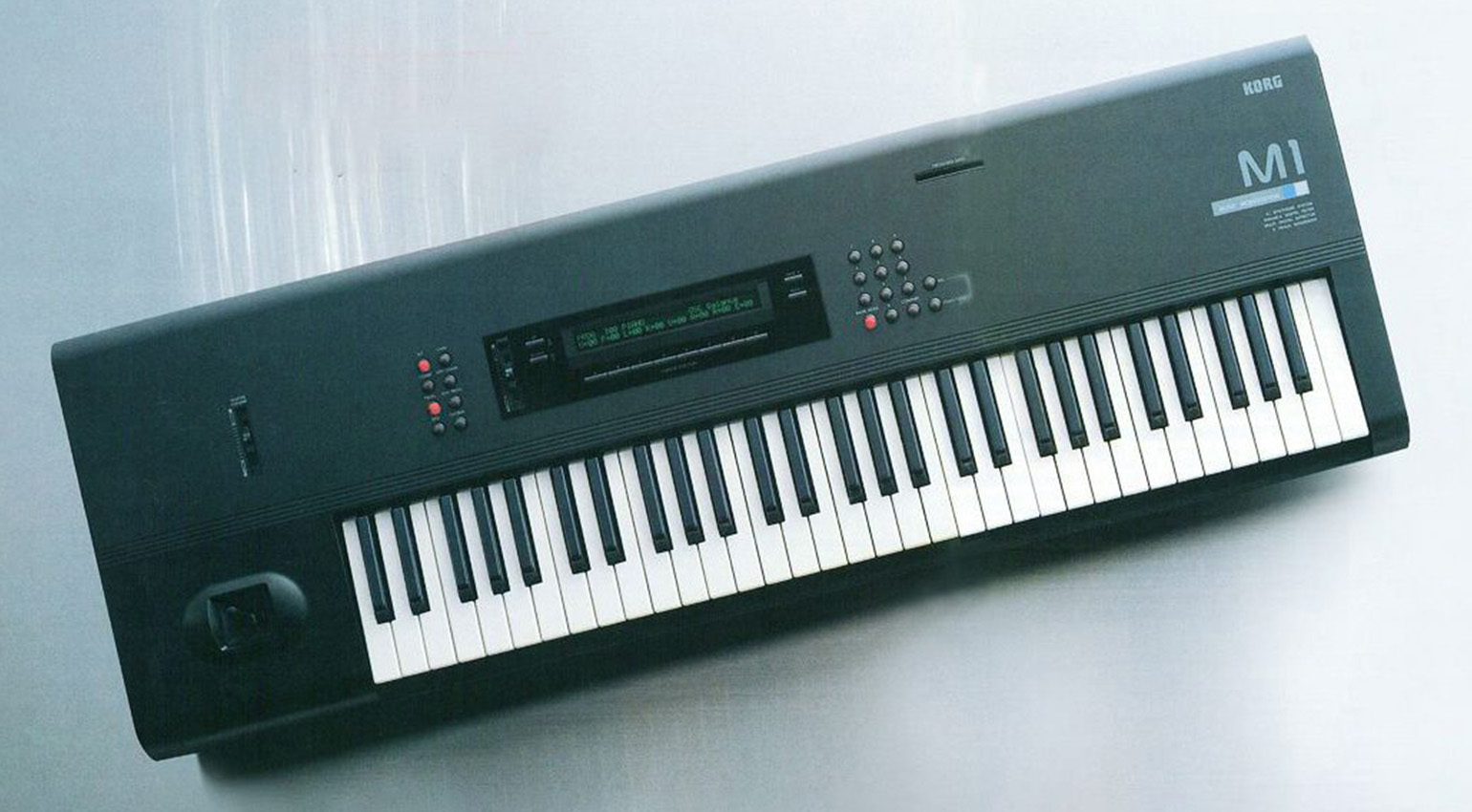
The clue to its popularity was in the name Workstation. Yes, its 16-bit PCM sounds were incredible, and its multi-effects section was a revelation. It also had drum samples – a first for a synth – plus a serviceable sequencer. But by bringing all of this together, Korg had invented an all-in-one machine that could take you from initial sound programming through to finished song. It was a revelation and it flew off the shelves.
Korg M1: Welcome To AI Synthesis
Korg’s M1 was sample-based, although it was not a sampler. Taking what they had learned with their DSS-1, Korg created a sample synthesis system called AI. Standing not for Artificial Intelligence but the (honestly rather awkward) Advanced Integrated, it combined multi-sampled waveforms, computer-generated DWGS waves replicating standard waveforms, sampled attack portions like on the D-50, and others. Korg managed to cram these 16-bit sounds into a measly 4 MB of ROM but users could purchase additional sounds on ROM cards.
The 16-voice, eight-part multitimbral M1 was more than just a basic ROMpler though (that branch of synths didn’t actually exist yet). This was a true synthesizer, just with sampled sounds as the source. It was ones and zeroes through and through. With two digital oscillators, a digital lowpass (though non-resonant) filter and three multipoint digital envelopes, there was a lot you could do to change sounds – although the presets sounded so good, most did not (see below for more).
Korg M1: You Gotta Work
While the M1 undoubtedly sounded good, it was the workstation aspect of it that set it apart from the new wave of digital instruments like the D-50. First of all, it had a proper multi-effects section, with two slots for delay, reverb, chorus, Leslie, distortion, EQ, and more.

It also had a sequencer. It was limited though, with only space for 10 songs and 100 patterns. Reviews of the time bemoaned the lack of floppy drive although you could save to an optional RAM card. However, it was good enough to get by on, and the presence of drums plus multiple outs made it very attractive as an all-in-one production solution.
Korg M1: The Sound Of The ‘80s
The combination of high-quality sounds and workstation features made the M1 exceedingly popular with musicians of all kinds. It could do bread-and-butter patches with a level of realism that was astonishing for the time. Thanks to its multi-samples, there was no chipmunk effect on higher notes; everything sounded as it should. This was especially apparent in Piano 16’, which launched a thousand Italian piano house records (and of course Madonna’s “Vogue“). Organ 2 was another popular preset, especially on house records.
The M1 also did ethereal marvellously well. From patch 00, Universe, with its undulating choir sound and background textures, through to many others, it sounded like a fantasy dream of unicorns and faeries come to life. New age musicians caned it, as did film and television composers, making it the go-to synth for everything from big-budget Hollywood movies to corporate training videos.
To ensure that the M1 had a solid set of sounds, Korg put together a world-class team of sound recorders. As chronicled in Sound on Sound, this group included composers and session musicians, often employing unusual techniques. For example, they sampled the sound of blowing over a large sake bottle. “It made a really low tone that was deeper than most other blown‑bottle samples,” said Jack Hotop, Korg sound programmer, in the article.
Korg M1: Impact and Subsequent Models
While Korg hasn’t confirmed actual sales numbers, general estimates put overall sales of the original M1 at 250,000 units over a seven-year run. For perspective, consider that the original Minimoog Model D moved only around 12,000 units.
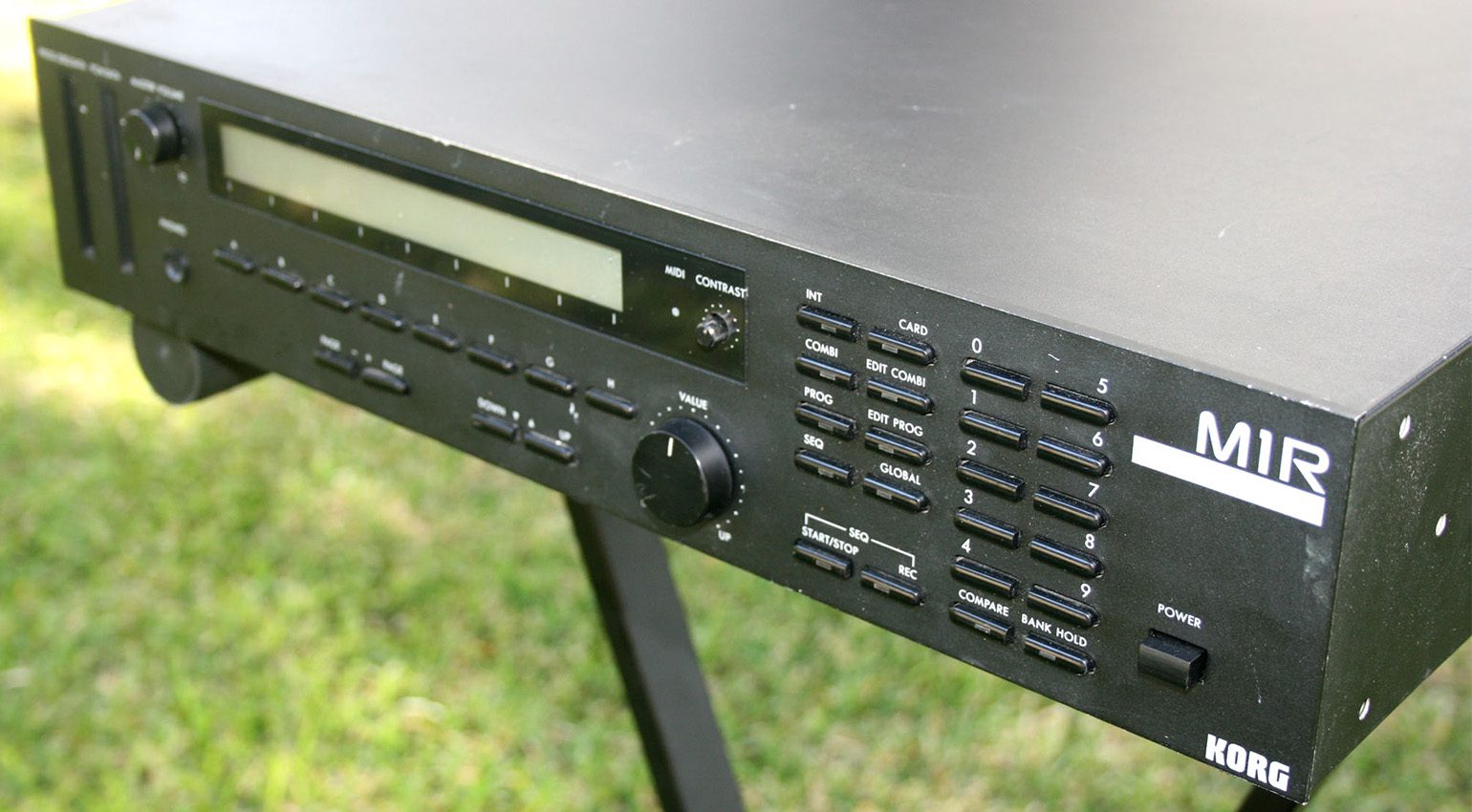
As Roland did with the D-50, Korg took advantage of the M1’s popularity and pushed out a number of follow-up models. These included the M1R and budget M3R rackmounts. Korg also released the M1EX plus the M1REX rackmount, both with sounds from the T-series, a relatively unpopular M1 successor line. More successful was the 01/W, which built on M1’s AI synthesis. Called AI2, it added more effects plus an unusual digital waveshaping feature.
Korg M1 In The Modern Age
My personal relationship with the M1 has been complicated. At the time it came out, I was obsessed with industrial bands like Skinny Puppy and Throbbing Gristle. The last thing I wanted was realistic acoustic sounds and gentle new age pads. My musical output soon moved to techno which, again, was not very M1-friendly. I’ve since come to love the sound of Korg’s AI though and am the proud owner of an M1R.
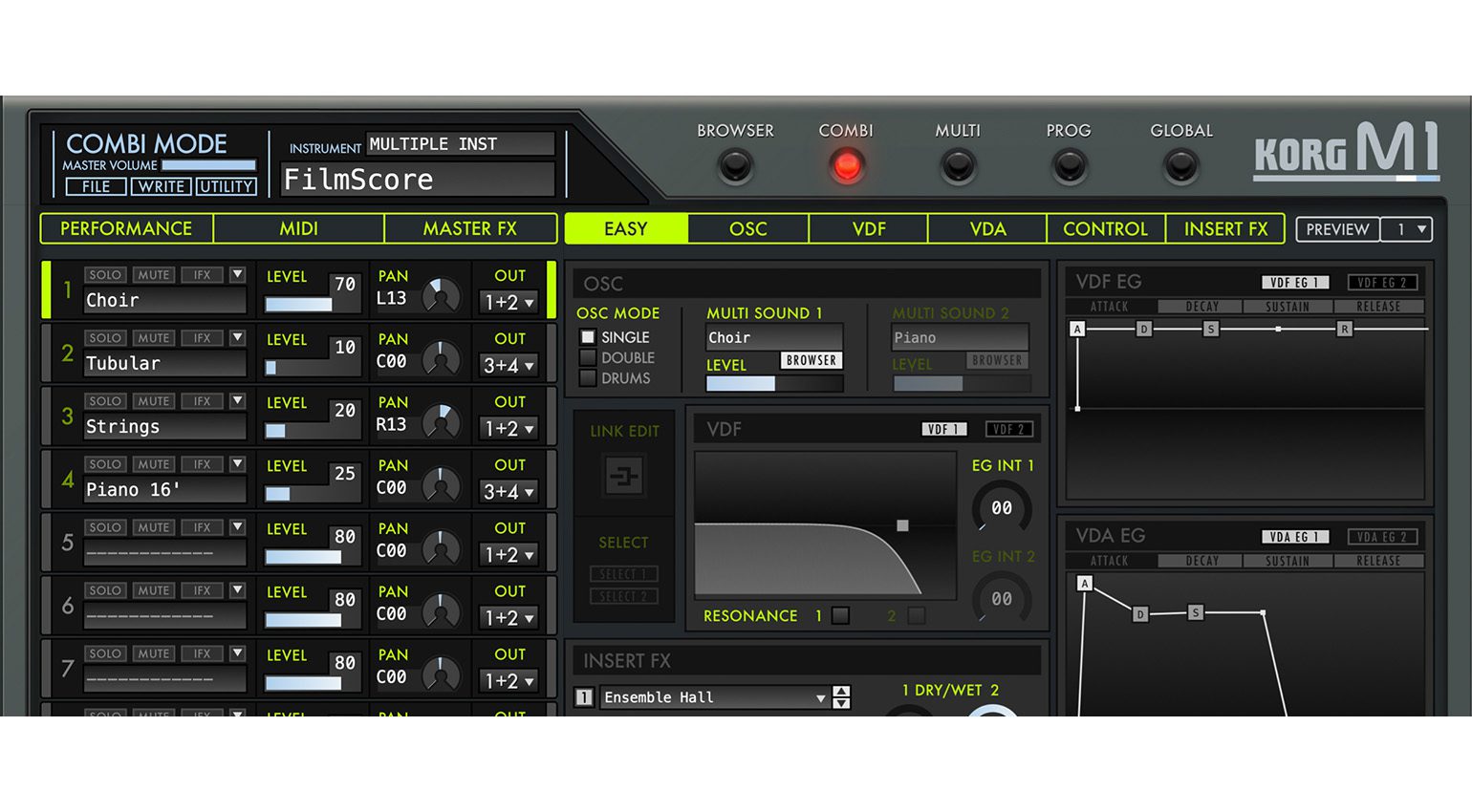
The world at large, it seems, still loves it too. The Organ 2 preset is just as hot as ever thanks to the comeback of UK garage. And, for electronic music producers of a certain age, M1 sounds are the perfect blend of plastic and nostalgia.
If you’ve decided that you can’t live another day without an M1, you may be surprised by current used prices (I sure was). Thankfully, there are a number of modern alternatives that are much kinder on the wallet. Korg make a software version, the Korg Collection M1, with all of the data and sounds from the M1, M1EX and all 19 cards. There’s also an iM1 for iOS and iPad.
If you’d rather have hardware, there’s no modern synth recreation (yet – Korg, we really need an M1 Volca) but the Wavestate does have some M1 sounds in it. Korg has also made M1 sounds available for Nautilus owners.


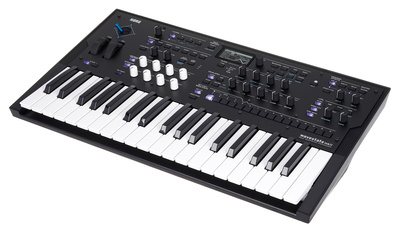

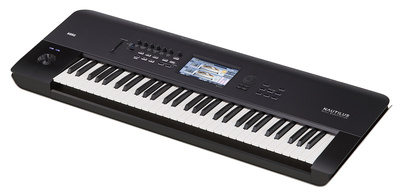
More information
- Read about the history of Korg
- All about Korg
- All about synthesizers
*Note: This article contains promotional links that help us fund our site. Don’t worry: the price for you always stays the same! If you buy something through these links, we will receive a small commission. Thank you for your support!
7 responses to “Classic Gear: Korg M1 – The final nail in the analogue coffin?”

 4,8 / 5,0 |
4,8 / 5,0 | 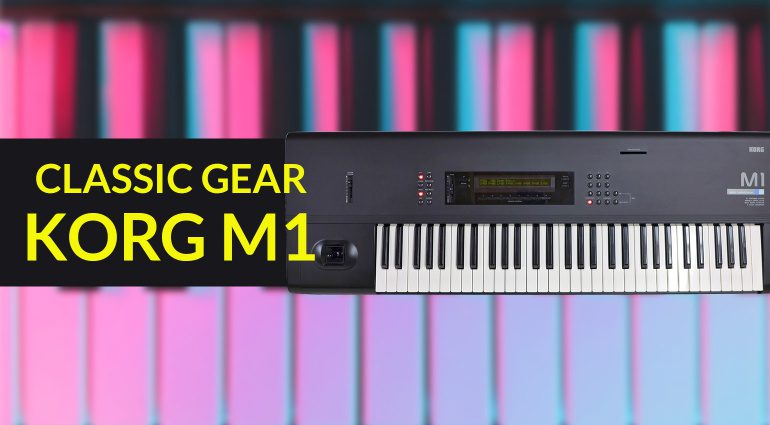


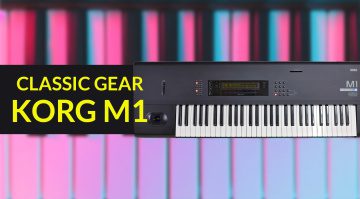

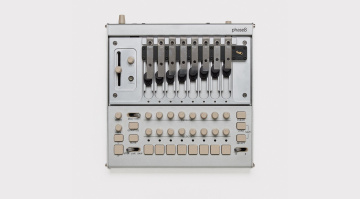
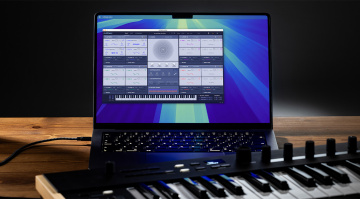
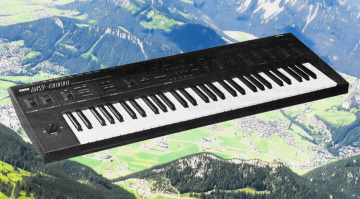
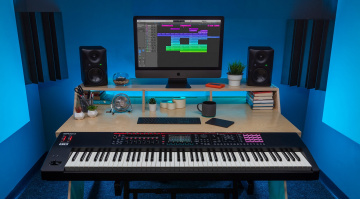
‘Final nail in the analog coffin’…
Behringer sales figures say otherwise
Too bad it didn’t have resonant filters. To me, that was the reason i kept wanting a D50 also/ instead.
My first workstation was an 01/WFD and it was amazing. Sadly I later sold it as PC setups were gaining popularity and becoming more affordable, but then nearly 30 years later I started to miss it again, so I managed to find one in mint condition and am now I’m loving it again. There’s a fun “M1” disk I have for it and as mentioned there is a definite charm of plastic and nostalgia. This era of early digital workstation tech definitely sits well in a mix and it complements VI’s quite nicely. And the small screen workflow limitations are actually fun. 🙂
I bought T2EX (76 keys) which was a M1 with a floppy disk drive. People like to talk about M1 all the time, but I think T1/T2/T3 series was actually easier to use. But I remember being shocked that the 01/W was released with 32-note polyphonic, 16-track sequencer.
please how can I make my Korg M1 workstation correspond with my Atari ST 1040 running on clab notator sl daw with notator dongle? please help.
don’t forget the M1 and many other classic Korg synths are well covered by range of VSTs in the Korg collection. its a fantastic value bundle!
The Korg M1 lives on in the reggae and dancehall world. They were over the stage at Red Rocks’ 4/20/2023 with the Marley Brothers, Sean Paul, and Protoge.
You are currently viewing a placeholder content from Facebook. To access the actual content, click the button below. Please note that doing so will share data with third-party providers.
More InformationYou are currently viewing a placeholder content from Instagram. To access the actual content, click the button below. Please note that doing so will share data with third-party providers.
More InformationYou are currently viewing a placeholder content from X. To access the actual content, click the button below. Please note that doing so will share data with third-party providers.
More Information